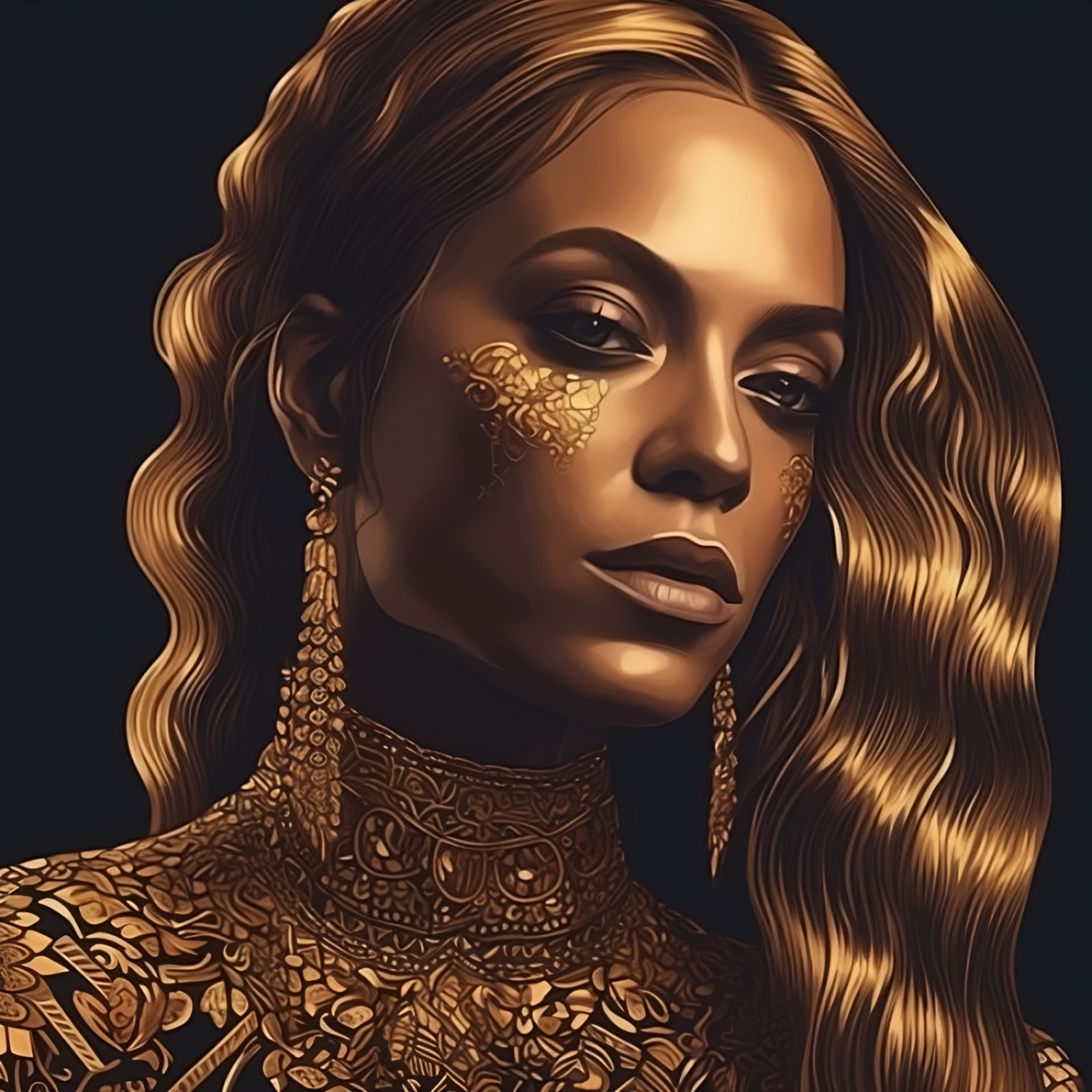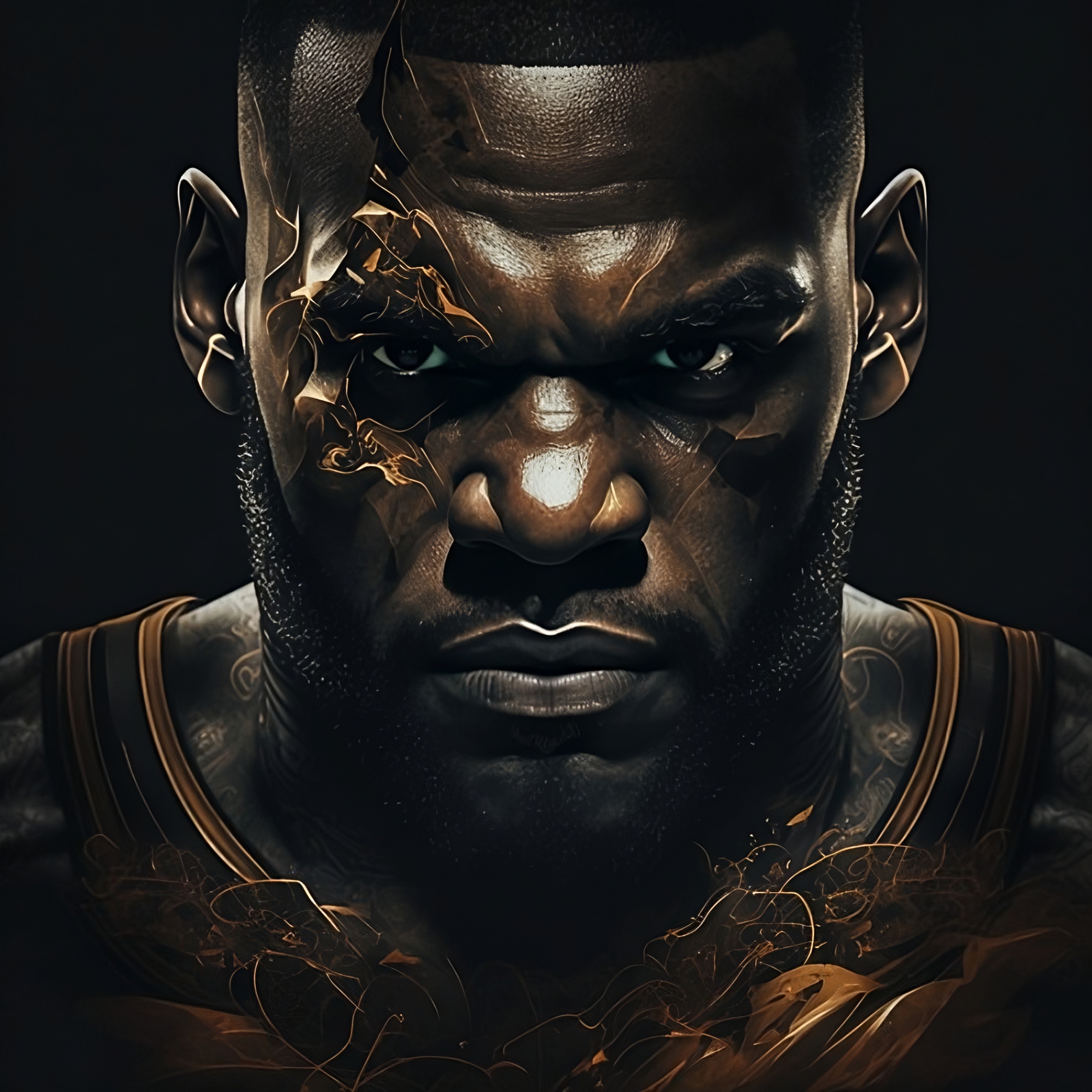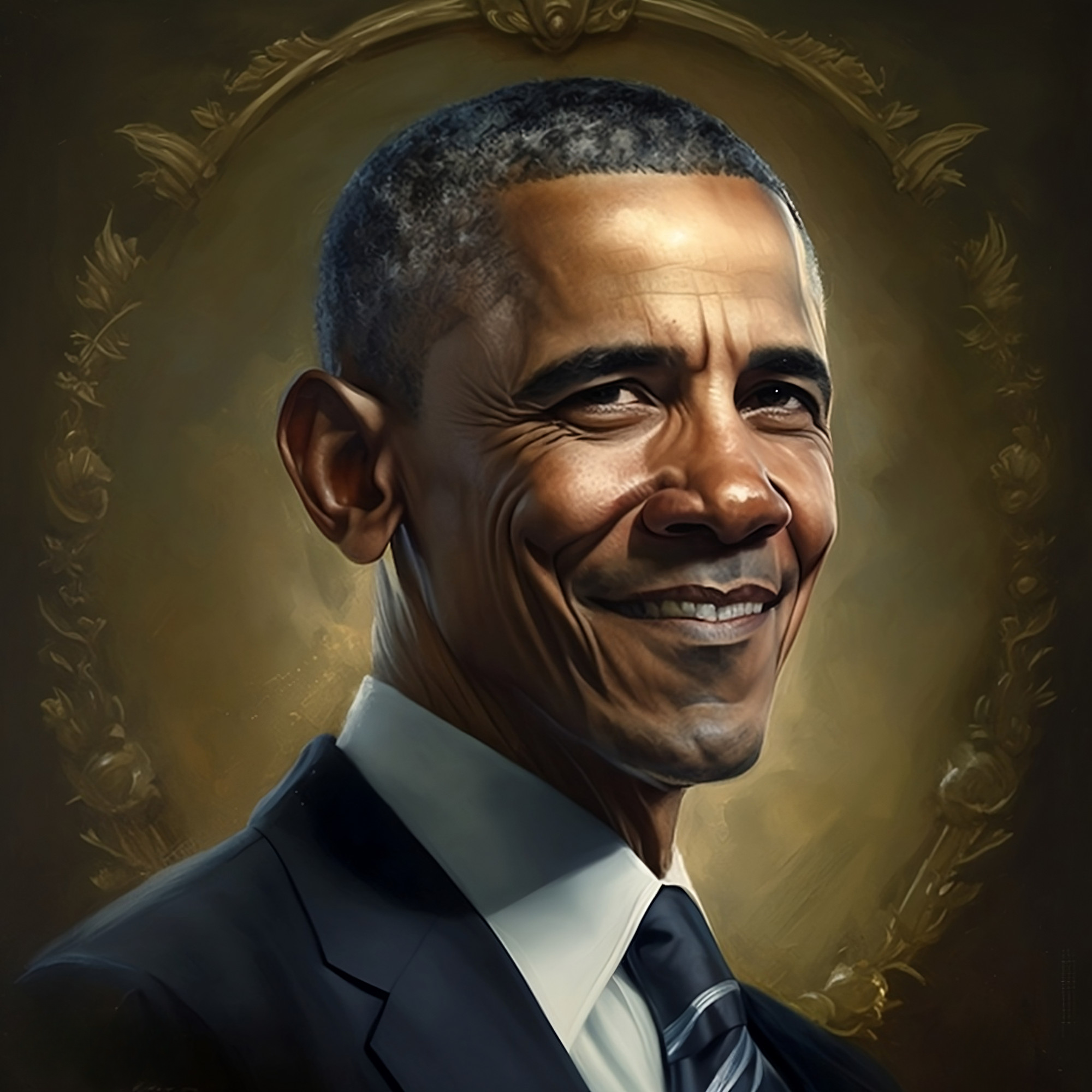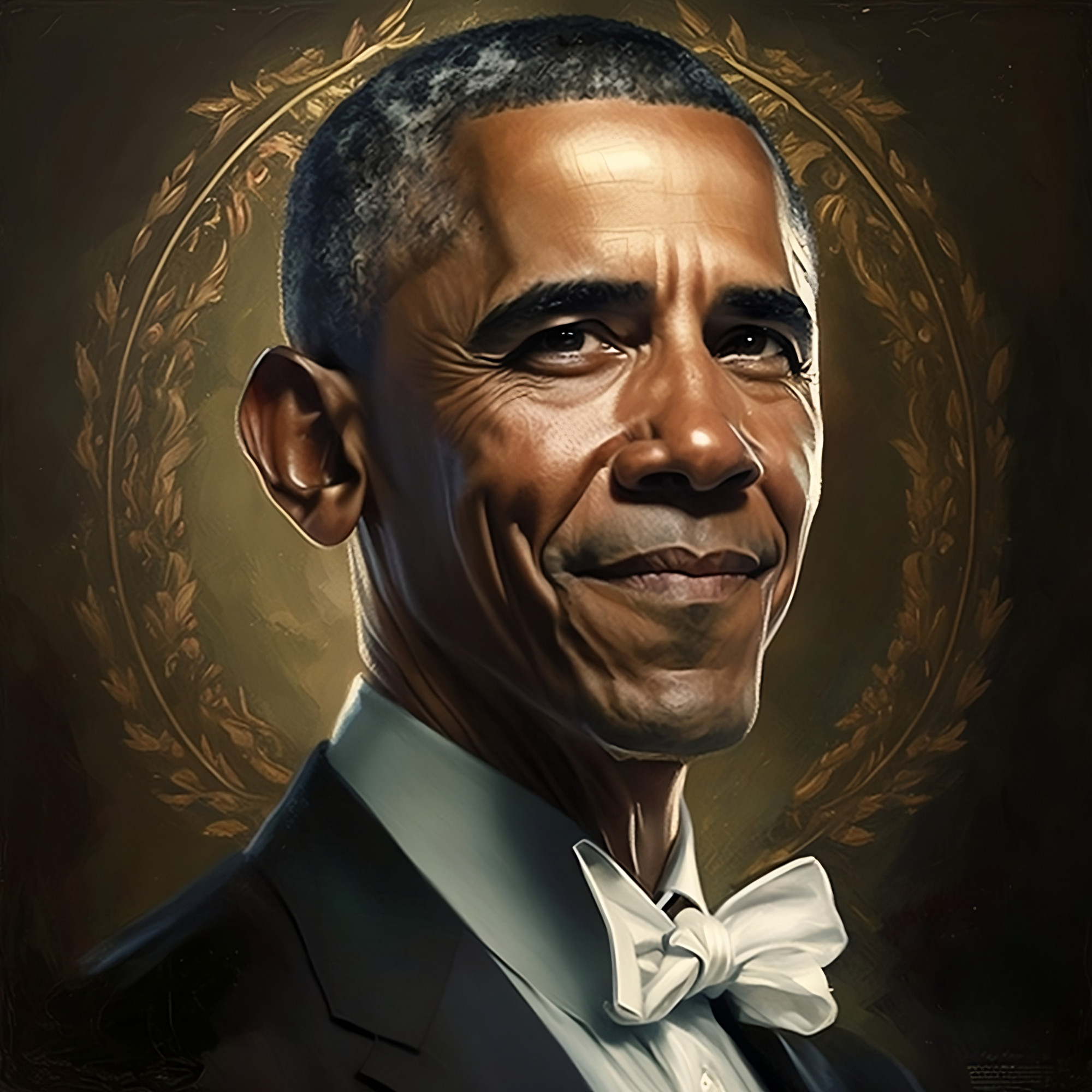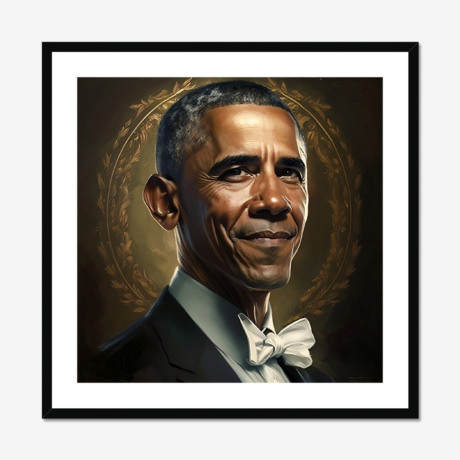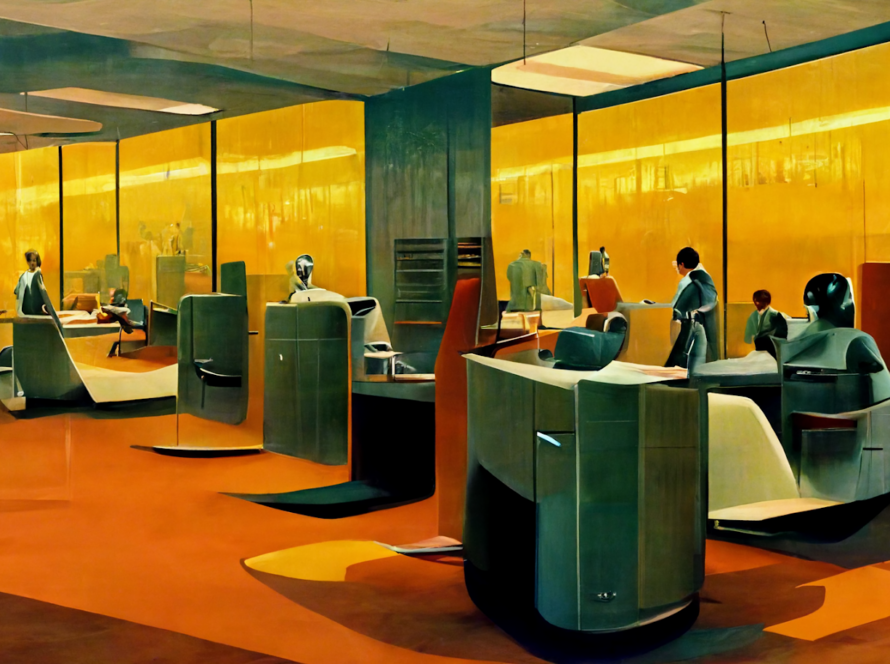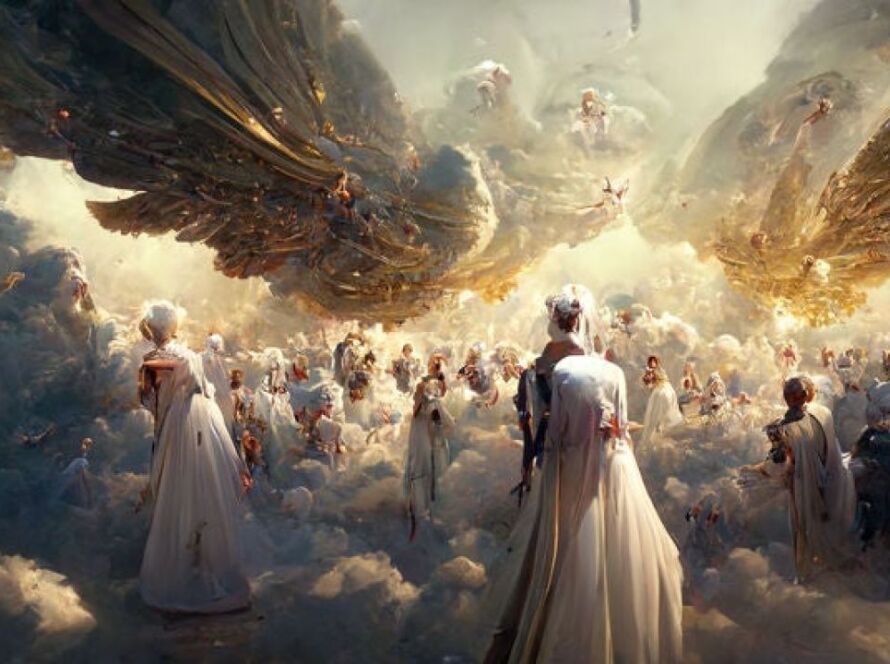AI Art: A Technological Marvel or a Creative Menace?
The world of art has always evolved with time, adapting to new materials, techniques, and even technology. Today, we are in an era where artistry blends with artificial intelligence to give birth to AI Art. A concept that would’ve been unimaginable a few decades ago is now a reality, but is this shift a technological marvel or a disruption to the sanctity of human creativity? In this blog, we’ll delve into the intricacies of AI Art, tracing its development, exploring how it’s created, and highlighting how it is revolutionizing the art world.
Background of AI Art
The Journey of AI in Art
AI Art is not a sudden phenomenon but a result of years of technological advancements. From the earliest experiments in the mid-20th century, where computer-generated patterns were considered ‘art,’ we’ve come a long way to AI producing art pieces that have been auctioned off at renowned establishments like Christie’s. Today, AI prints are a common sight in galleries and homes, thanks to platforms like NFT54 which make AI-generated artworks easily accessible. For a more detailed understanding of AI’s journey in art, you can visit The Dawn of AI Artists: Can Machines Create Art?.
Creating Art with AI: A Glimpse Behind the Scenes
AI Art might appear magical, but it’s actually an intricate process that often begins with an AI art generator from a photo or a database of existing artworks. The AI algorithm learns from these inputs, creating its unique outputs. This “learning” phase can involve techniques like neural networks, machine learning, or generative adversarial networks (GANs). To understand the technicalities, visit Turning AI Pixels into Art: The Unseen Process.
-
LeBron James
Art Prints $160.00 – $200.00Buy now This product has multiple variants. The options may be chosen on the product page -
US President 44
Art Prints $160.00 – $200.00Buy now This product has multiple variants. The options may be chosen on the product page -
US President
Art Prints $160.00 – $200.00Buy now This product has multiple variants. The options may be chosen on the product page
Milestones in AI Art
AI Art has witnessed many milestones, from simple patterns to complex landscapes and even abstract artworks. The sale of an AI-generated portrait, “Portrait of Edmond de Belamy” by Obvious, a Paris-based collective, for a whopping $432,500 marked a significant moment in the acceptance of AI Art. Platforms like NFT54 have democratized access to AI Art, making it a mainstream phenomenon. For a full list of milestones, check out Is AI the new Michelangelo? An In-Depth Look at AI Canvas Prints.
AI Art as a Technological Marvel
Unique Capabilities of AI in Art Creation
AI has unique capabilities that set it apart from human artists. While humans are bound by physical constraints, AI can generate art in a matter of seconds. The AI Art generator from a photo or another input can create countless variations, thereby expanding the realm of creativity. It’s truly a technological marvel, pushing the boundaries of what we perceive as art. To witness these capabilities in action, you can visit How AI Art Generation is Empowering Today’s Artists.
AI: A Tool for Artists
AI is not just a creator of art but a tool for artists too. AI algorithms can help artists by enhancing their creative processes, executing tedious tasks, and even exploring new styles and techniques. This symbiotic relationship between human artists and AI is giving birth to a whole new genre of art. For more insight into how artists use AI, you can visit AI to the Rescue: Solving the Art World’s Biggest Problems.
Democratizing Art Through AI
AI has the potential to democratize art. It makes the process of creating art accessible to more people, not just those with formal artistic training. AI-generated art can be created, shared, and sold through platforms like NFT54, reaching a global audience. Moreover, it provides opportunities for new artists to experiment and develop their style. For more on the democratization of art through AI, visit The Future of Art Galleries: AI-Generated Art.
In conclusion, it’s undeniable that AI is revolutionizing art, expanding its horizons, and challenging traditional norms. This technological marvel is reshaping the creative landscape and opening up new avenues in the world of art. However, as with any disruptive force, it also brings along its own set of challenges and concerns, which we will explore in the following sections of this series.
Stay tuned for the next installment where we will delve into the potential drawbacks and concerns around AI Art, evaluating whether it poses a creative menace. In the meantime, you can explore The Pros and Cons of AI Canvas Prints: An Objective Analysis, to get an overview of what’s to come.
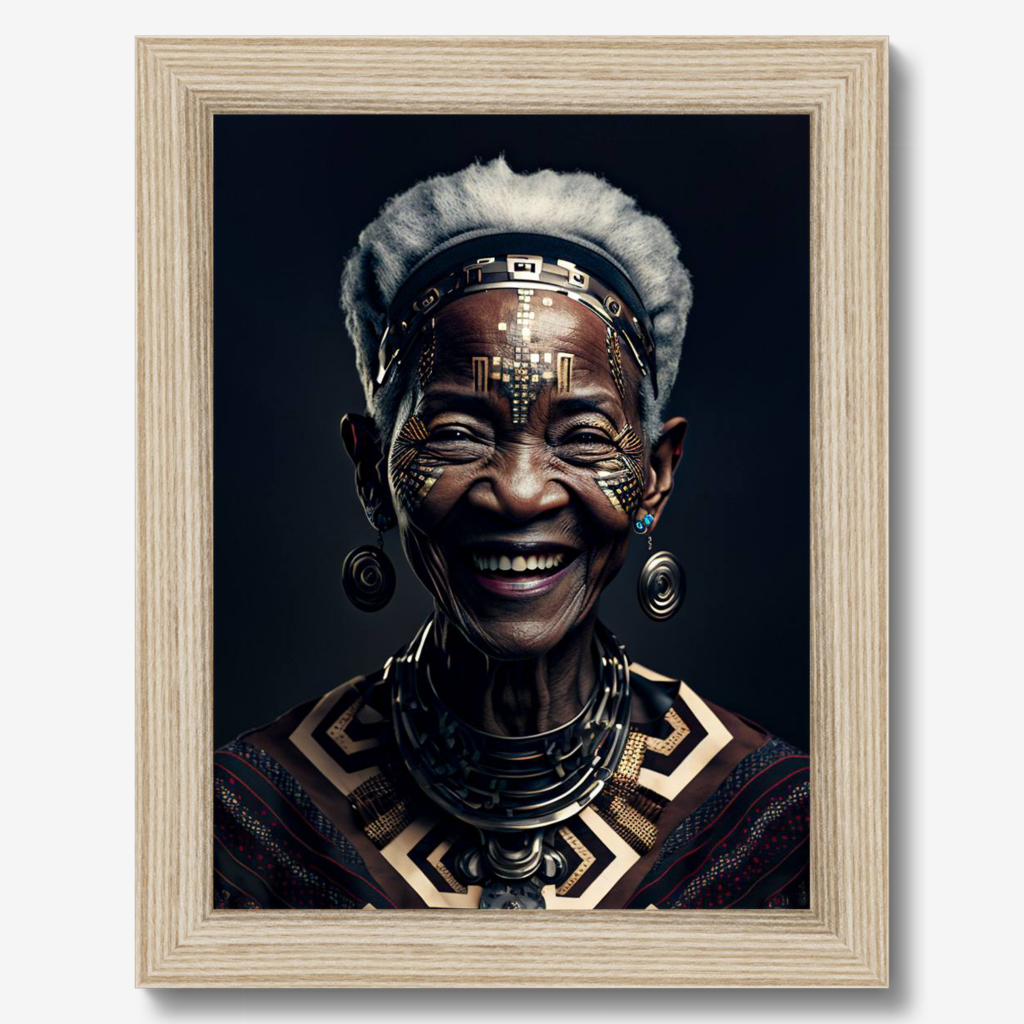
AI Art: A Creative Menace?
While we have explored how AI Art is a technological marvel, bringing unique capabilities to the world of art, we also need to examine the other side of the coin. In this second part of our exploration of AI Art, we consider the challenges, criticisms, and potential threats that AI poses to the world of art and creativity.
AI Art as a Creative Menace
Originality and Authenticity in AI Art
One major concern is the question of originality and authenticity. In AI Art, the creative process is largely driven by algorithms, which learn from existing artworks. As such, is the resultant AI Art truly original? The AI is merely recombining aspects of previous works; it lacks the emotional depth and creative intent of a human artist. Visit AI Overload: Are We Losing the Human Touch in Art? to delve deeper into this debate.
Authorship in AI Art is another grey area. Who should get credit for the art? The AI? The developers of the AI? Or the owners of the data used to train the AI? Resolving these questions is far from straightforward, raising complex ethical and legal issues.
Economic and Professional Threats to Artists
Another area of concern is the impact of AI on the livelihoods of artists. With AI capable of producing art quickly and at scale, there is fear that human artists might be sidelined. Traditional artists may struggle to compete with AI in terms of productivity and cost-effectiveness. In a market flooded with affordable AI prints, how will human artists sustain their craft? You can find more on this debate at Dazzling or Dystopian? The Controversy Over AI Art.
Ethical Considerations of AI in Art
Bias and representation in AI Art are critical ethical issues. Since AI Art is generated based on the data the AI is trained on, there is a risk of reproducing existing biases in art. If the training data lacks diversity, the AI’s output will mirror these limitations, possibly perpetuating underrepresentation of certain groups in art.
Issues around intellectual property rights are also coming to the fore. AI raises questions about copyright infringement, especially when AI Art is created using existing artworks as input. Current legal frameworks are not equipped to deal with these issues, necessitating new policies and regulations. For a deep dive into the ethical issues in AI Art, you can check out AI Art: Ethical Questions and Legal Challenges.
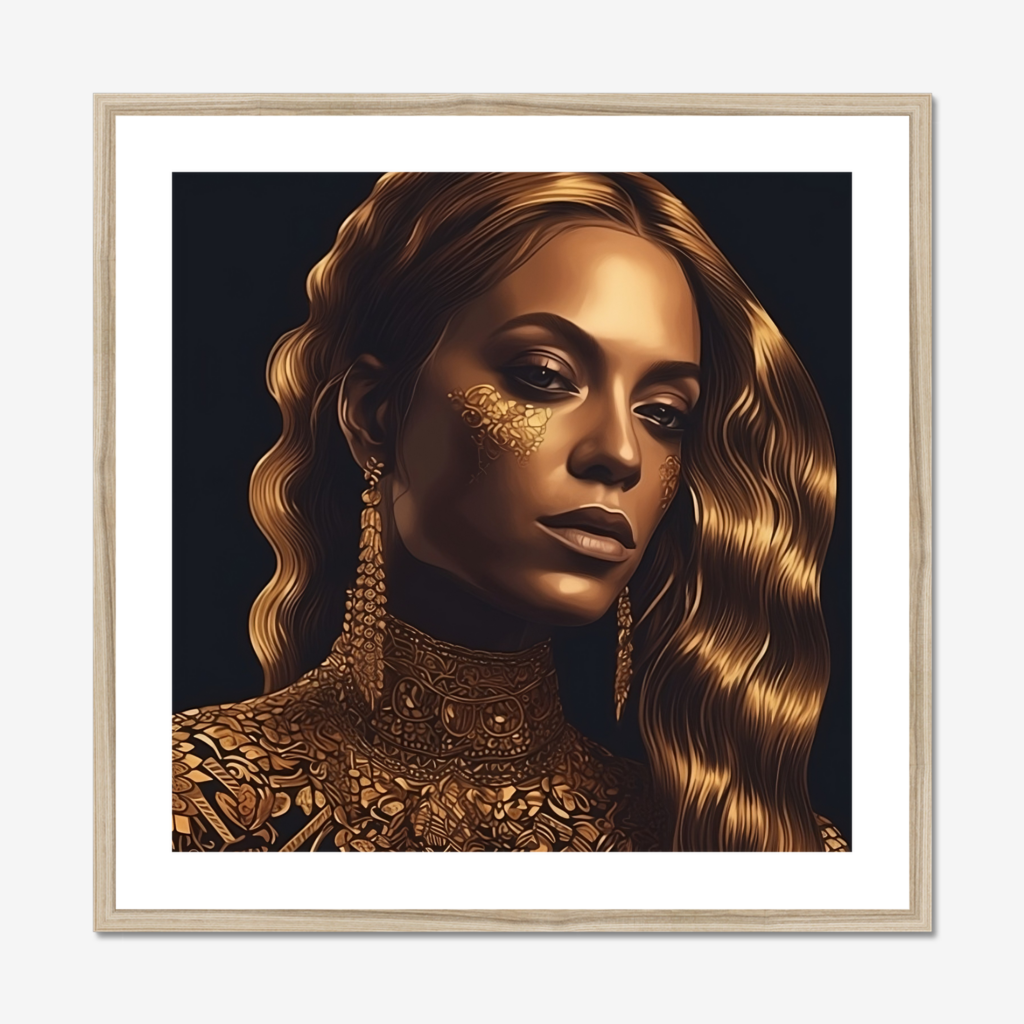
Comparing Views: Technological Marvel vs. Creative Menace
With both perspectives at hand, we can analyze AI Art more holistically. On one side, AI Art is a technological marvel, pushing the boundaries of what can be created, and on the other, it poses significant challenges to creativity, authenticity, and the professional security of artists.
The two views are not necessarily contradictory but reflect different facets of AI Art. While AI is opening up new possibilities in art, it also compels us to revisit our understanding of creativity, authorship, and the value of human touch in art. To get a comprehensive comparison of both perspectives, visit AI Art: Technological Marvel or Creative Menace?.
Conclusion
In this exploration of AI Art, we’ve seen that it’s both a technological marvel and a potential creative menace. AI is undeniably transforming the art world, expanding its scope and making it more accessible. But at the same time, it raises pressing questions about originality, authenticity, ethics, and the value of human creativity.
As we navigate this new terrain, it’s crucial to consider both the benefits and potential drawbacks of AI Art. The goal should not be to replace human creativity with AI but to find a balance where AI serves as a tool that augments human creativity rather than diminishes it.
The future of AI in art is indeed promising, but it’s up to us to guide it in a direction that respects and enhances human creativity. As we continue to explore the potential of AI in art, we must also develop new policies and ethical guidelines that safeguard the rights of artists and the integrity of art.
To stay updated with the evolving world of AI Art, you can check out our latest articles at NFT54. Your engagement and feedback can help shape the conversation around AI Art and its impact on our creative future.
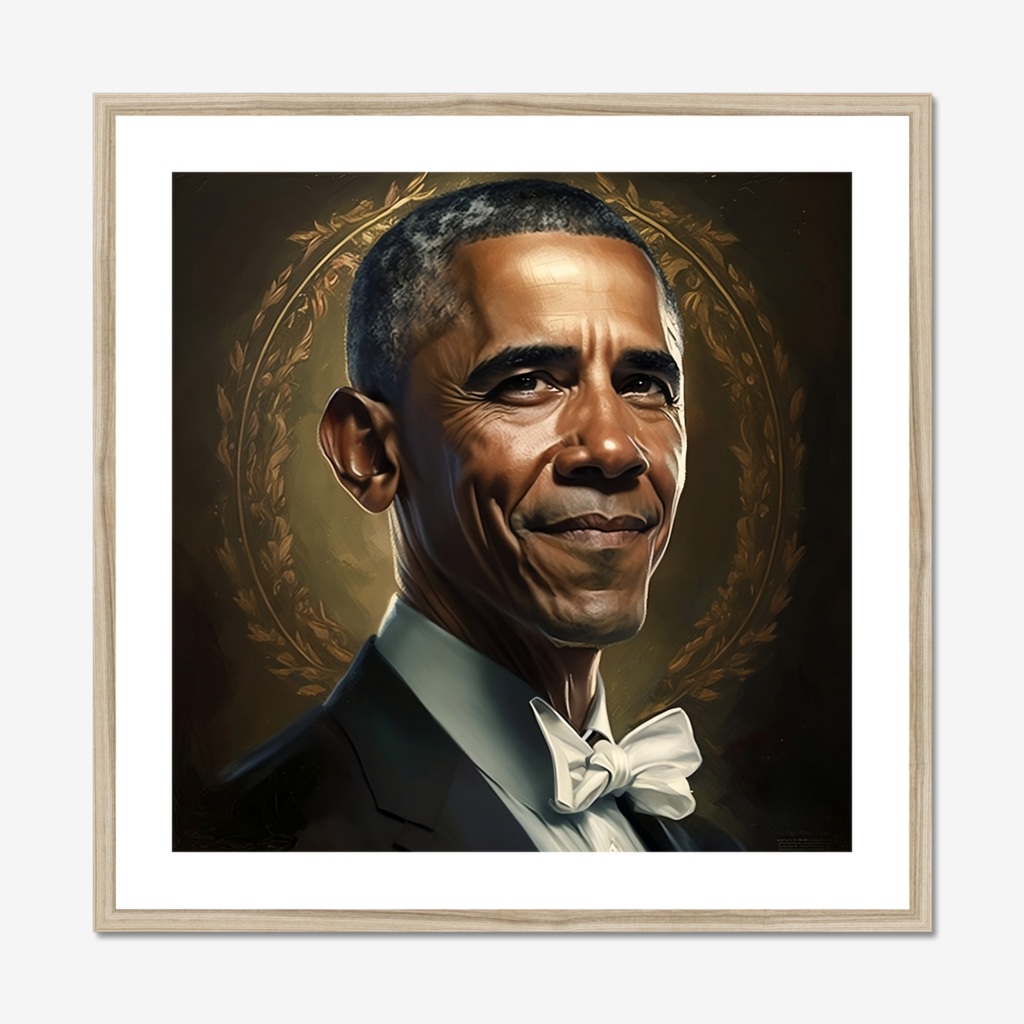
Frequently Asked Questions
-
What is AI technology art?
AI technology art, or AI Art, refers to artwork that is created with the assistance of artificial intelligence. This involves the use of machine learning algorithms and other AI techniques to generate art, including paintings, drawings, sculptures, and more.
-
What is the best argument against AI art?
One of the strongest arguments against AI art is the concern over originality and authenticity. Critics argue that since AI algorithms are trained on existing artworks, they are essentially recombining elements of these works, and hence, the resultant art lacks true originality and creative intent.
-
Is AI art creative?
AI art can exhibit creativity in the sense that it can generate unique, previously unseen pieces of art. However, it's important to note that this form of creativity is largely driven by algorithms and data, and lacks the emotional depth and creative intent of a human artist.
-
What is AI art based on?
AI art is based on the use of artificial intelligence, specifically machine learning algorithms, to generate artwork. These algorithms are typically trained on databases of existing artworks, from which they learn patterns and styles, and then generate new pieces of art based on this training.
-
Is AI art going to replace artists?
While AI has the potential to significantly impact the art world, it's unlikely to completely replace human artists. AI can certainly assist in the art creation process and even generate art on its own, but it lacks the emotional depth, cultural context, and creative intent that human artists bring to their work.
